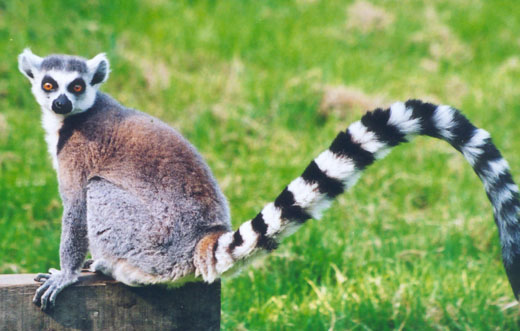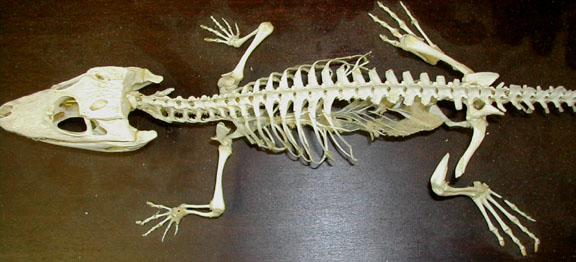This
experiment was difficult because it was hard to get out of a habit of something
your use to doing for millions of years! When I wasn’t able to speak and only
communicate with had gestures and facial expressions my partners in the
experiment would start to exaggerate they own facial expressions and hand
gestures as well to try to understand what I was saying better. I also wasn’t
able to communicate complex ideas. The only things I could communicate were
things like thirsty, sit-down and look that way, just simple things like that.
The group that communicates only by hand gesture wouldn’t be able to
communicate something like how cell division works just by using symbols.
I have
learned that both forms of communication are just as important as the other.
Someone who is only able to talk by not using hand or facial gestures to
communicate would probably find it very hard to communicate with someone else
that is only able to communicate with facial gestures because its part of
communicating and understanding each other. Especially if someone travels to
another country where they do not speak there language they have to find
universal “words” for things like food
for example, pointing to your mouth is like saying “hungry” or “food” in all
languages.
People in
our culture that have difficulty speaking out language are foreigners and maybe
some animals such as dogs and cats. I have already explained how people have to
communicate with someone who doesn’t speak the same language but a dog for
example, they communicate through body language and facial expressions. They
read how your body language and facial expression is to be able to know how
your feeling and what you want to say to them. If you’re standing straight up
tall with your head up straight they think “This guys boss”. If you’re hunched
over crying they can understand that your sad and communicate with you to make
you feel better by licking your face and giving you a sad expression back. I
was just watching an interesting video by Amy Cuddy called “Your Body Language
Shapes Who You Are” where she talks about “power posing”. Everyone might be
interested in watching because she talks about how your body pose actually
changes how you feel on the inside and how people around you read your body
language. She encourages everyone to try power posing and test the effects it
has on ones self and others around. If the person standing next to them is in
the “dominant pose” this being arms and legs spread out very confidently, then
the other person automatically hunches and assumes the “submissive pose”.
I found the
experiment where we had to talk for 15 minutes but not use gestures to be the
most difficult one out of the two because I had a really hard time
concentrating on what I was trying to say. I found that facial expressions and
hand gestures help push the conversation along. My boyfriend that I did the
experiment, and I think he was effected also in the same way I was because he
wasn’t able to follow what I was saying either. Signs in our language play as
much of a roll in communicating as actually speaking words does. I was very
surprised about the results about the second half of the experiment because not
being able to use hand gesture and facial expressions to communicate made it so
I wasn’t able to talk so liberally and fluently like we do. Communicating
without using words wasn’t as mentally difficult then communicating without using
body language; I found it to be more fun.
It seems that body language is sort of a universal language that people
and animals are born knowing. Human babies start to learn to talk using a lot
of body language at first. People with mutated language genes might have
problems reading and communicating body language.
Amy Cuddy video only like 11 minutes if you are interested
in watching. http://www.ted.com/talks/amy_cuddy_your_body_language_shapes_who_you_are
Reference
National Geographic Society, Date Accessed July 29, 2014,
Neandertals Had Same “Language Gene” as Modern Humans





